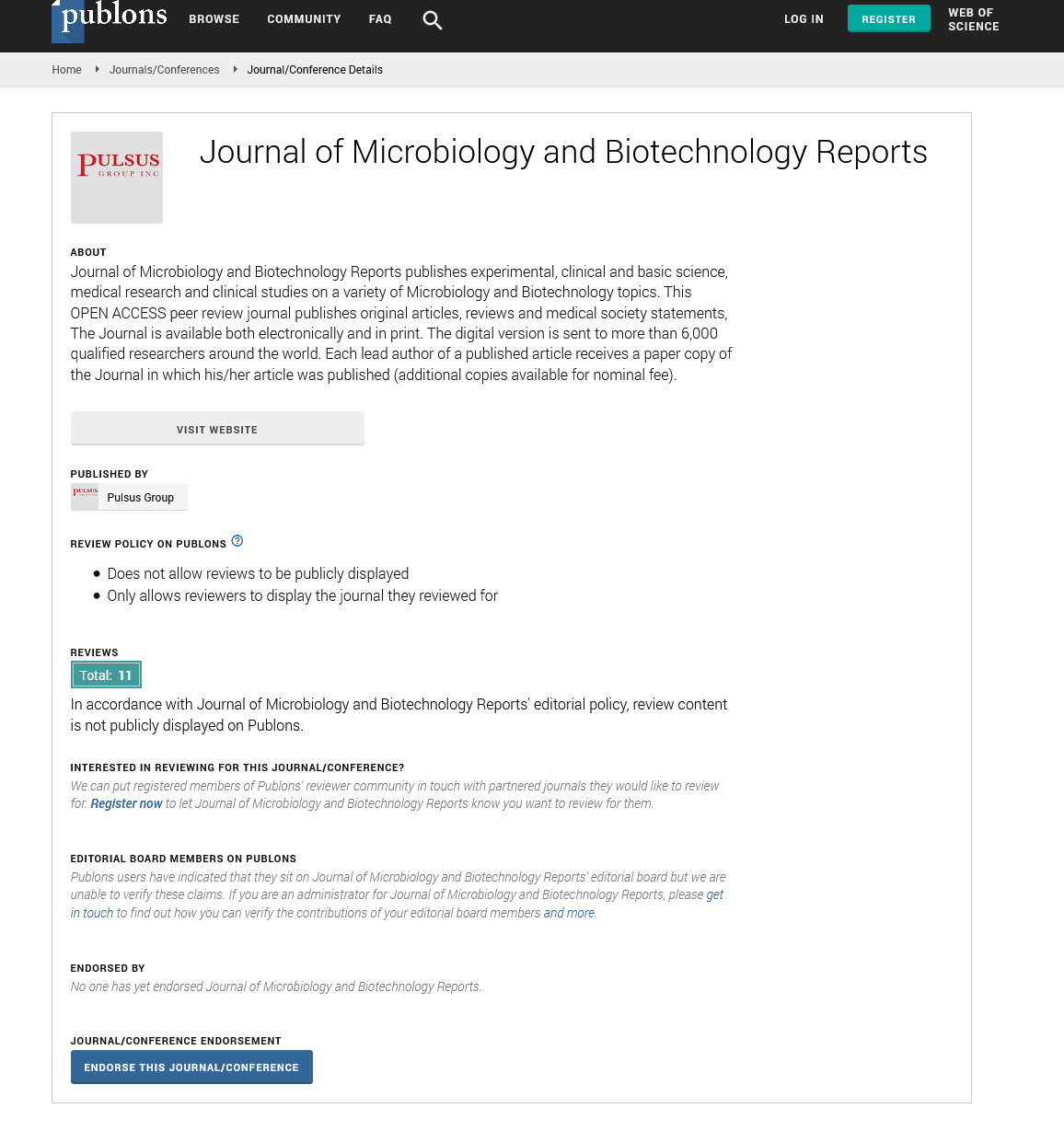
Sign up for email alert when new content gets added: Sign up
A novel approach for enhancing disease and pest resistance in soybean
9th International Webinar on Biotechnology Research
February 25, 2022 | Webinar
Madan K Bhattacharyya
Iowa State University, USA
Keynote: J Mic Bio Rep
Abstract :
A large number of genes are transcriptionally regulated following infection of a plant with a pathogen. In soybean, following infection with the fungal pathogen Fusarium virguliforme we identified four classes of genes, expression of which is rapidly suppressed in infected roots. We hypothesized that these genes could be defense-related and pathogen somehow suppresses expression of these genes to facilitate disease development. To test the hypothesis, we exchange promoters of one member from each of the four classes of genes with two strong root-specific and infection-inducible promoters. The four fusion genes were expressed in soybean. Three of the four fusion genes enhanced resistance of transgenic soybean lines against F. Virguliforme. Of these, the gmdr1 fusion gene enhanced resistance of transgenic soybean bean lines also against spider mites (Tetranychus urticae, Koch), soybean aphids (Aphis glycines, Matsumura) and soybean cyst nematode (Heterodera glycines) in addition to F. Virguliforme. The gmdr1 is an integral plasma membrane protein. To understand the molecular basis of this broad-spectrum resistance induced by gmdr1, we conducted a transcriptomic study of the soybean leaves treated with chitin, a molecular pattern found in all four pathogen and pests. We identified 10 TIR-NB-LRR, one CC-NB-LRR, two NB-ARC-LRR, five LRR kinase and one WRKY transcription factor genes, transcription of which was significantly induced among the transgenic lines overexpressing gmdr1 as compared to the control plants. A subset of these genes is significantly induced in F. Virguliforme infected roots of transgenic soybean plants as compared to that in the nontransgenic control. Our data suggest that gmdr1 is most likely a master switch that regulates the expression of several disease resistance receptor protein genes for enhancing broad-spectrum disease resistance in soybean.
Biography :
Madan K Bhattacharyya teaches the Plant Genetics course for graduate students. His main focus of research is soybean sudden death syndrome, though he is also interested in other plant-pathogen interactions.




